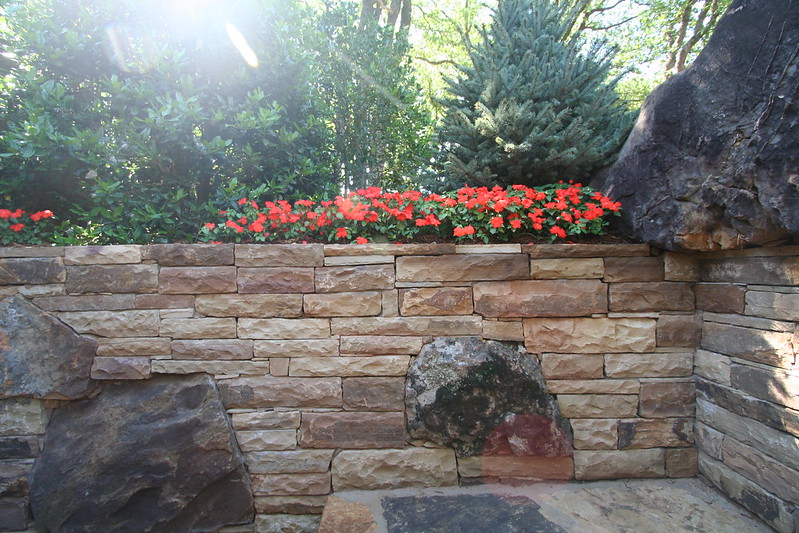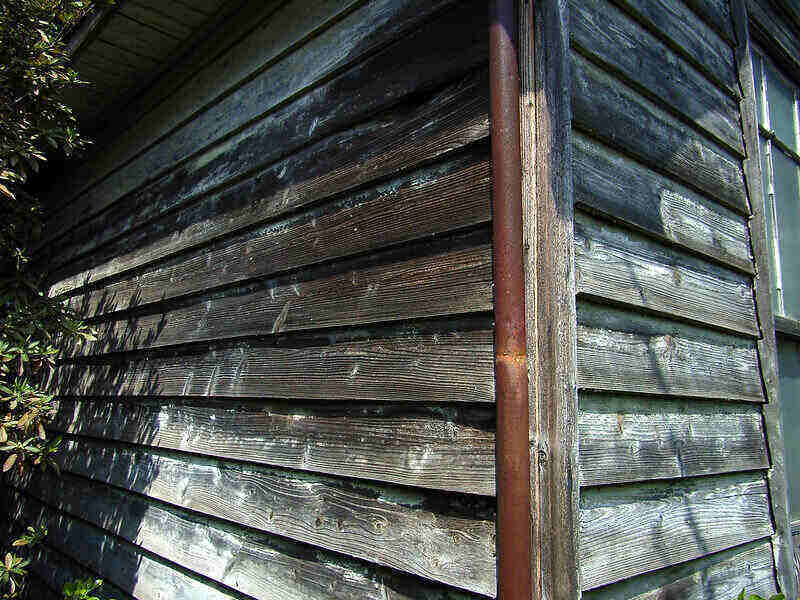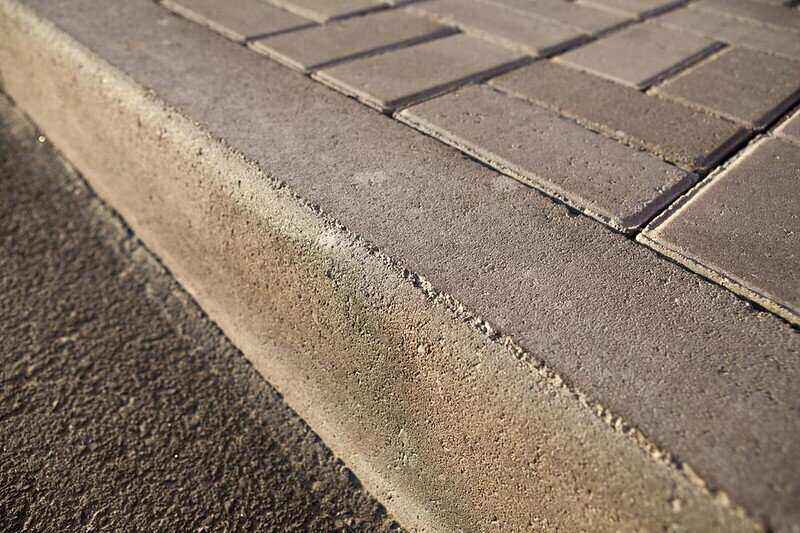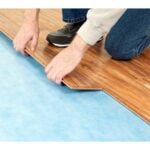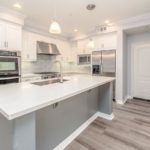The average cost to install artificial grass is $15 to $19 per square foot, including materials and labor.
The average artificial grass project covers about 500 square feet of yard, as most homeowners only add artificial turf to a few areas of their properties. The cost to install artificial turf for most homeowners hovers around $7,400 to $9,350 using mid-quality artificial grass. Expect a 20% increase in price if you use nylon turf.
These costs are averaged from our survey of artificial grass installation prices across the U.S. Your project may cost differently depending on what type of artificial turf you want to install and the area to be installed (size, curvature, slope).
Cost by Artificial Grass Type
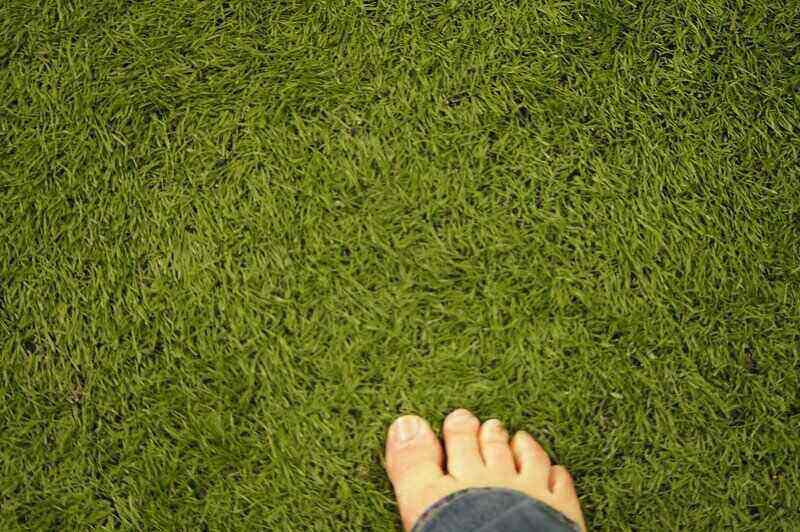
Artificial grass material is the most important factor influencing the cost of your artificial grass cost. Here’s a summary of the cost of fake grass per square foot:
| Material | Cost per square foot of artificial grass (without labor) |
| Polypropylene | $2 – $6.35 |
| Polyethylene | $2.20 – $4.10 |
| Nylon | $5 – $6.40 |
Cost by Location
The next most significant cost factor influencing the price of artificial grass installation is where you live – specifically, the cost of living in your area. Professional installers may adjust their rates depending on the region’s market and local demand for synthetic turf.
Check out the table below for the typical cost of installing artificial grass throughout metros and smaller cities across the country. These prices are for a project using mid-range artificial grass. Add about 20% more for high-quality synthetic grass.
| Northeast U.S. | Cost per square foot of artificial grass (including labor cost + materials) |
| New York, NY | $17 – $23 |
| Boston, MA | $17 – $20 |
| Southeast U.S. | |
| Atlanta, GA | $14 – $17 |
| Knoxville, TN | $14 – $17 |
| Midwest U.S. | |
| Chicago, IL | $14 – $20 |
| South Bend, IN | $16 – $18 |
| Northwest U.S. | |
| Seattle, WA | $14 – $21 |
| Beaverton, OR | $16 – $18 |
| Southwest U.S. | |
| San Diego, CA | $14 – $18 |
| Gilbert, AZ | $12 – $15 |
You can estimate the cost of installing artificial grass in your area by basing it on the average prices found in a similar-sized city in your region.
For more specific pricing information based on your location, you can get a free quote from a landscaping pro in your area through LawnStarter.
Pro Installation Cost vs. DIY Cost
Undertaking synthetic grass installation yourself can save on labor costs, but you will be paying in time and effort – not something all homeowners have. You might also run into issues that will cost you more down the road. Check out this table to find out how much you’ll save if you install your own artificial grass.
| Artificial grass material | DIY cost per square foot of artificial grass | Savings per square foot of artificial grass |
| Polypropylene | $7.65 | $9.35 |
| Polyethylene | $6.63 | $10.38 |
| Nylon | $9.18 | $7.83 |
Cost by Synthetic Grass Brand
Prices will vary among different manufacturers of artificial grass. Brands selling high-quality turf will typically charge more than brands selling lower-quality turf. Below, you’ll find different artificial turf brands and their average turf prices.
| Brand | Cost per square foot (without labor) |
| ForeverLawn | $4.50 – $10.35 |
| PreGra | $2.50 – $4 |
| SYNLawn | $2.15 – $7.50 |
| ProGreen | $4.50 – $11.50 |
| OneLawn | $2.40 – $7.40 |
| Perfect Turf | $4 – $10.75 |
| EasyTurf | $1.80 – $4.60 |
| MegaGrass | $3.50 – $5.45 |
| Everlast | $2 – $4.50 |
| EnvyPet | $5 – $6.50 |
| DuraPlay | $4.60 – $12.55 |
Cost of Labor
Most contractors charge $3.45 to $12 per square foot of artificial grass installed. You will likely be charged more if you want to install artificial turf in an area other than your lawn, such as your rooftop, on stairways, decks, or patios.
Cost to Install Artificial Grass on Curved or Sloped Land
Installing artificial turf in a curved or unusually shaped area takes more labor. Your pro will need to work around the curved shape and existing landscaping to get the turf placement just right. Installing artificial grass on a curved area can add 15% to 20% to the cost.
Installing artificial grass on slopes are even trickier. It is more difficult to get the synthetic grass to stay in place, and prepping the area takes longer. Expect a 50% to 60% increase in price if you want to install artificial grass on a slope.
Cost to Remove Grass
If you plan to replace part of an existing lawn with artificial grass, the grass will need to be removed. The contractor may not include grass removal with their artificial grass installation services.
Grass removal costs around $0.88 to $1.84 per square foot, depending on the removal method. You can learn more about the cost of grass removal in our grass removal pricing guide.
Cost to Install Landscape Edging
Landscape edging keeps your road base contained to your synthetic lawn and serves as an anchoring point for artificial grass margins. You will only need to add landscape edging if you don’t have a wall or pavement around the area you wish to install artificial grass. Most artificial grass installation professionals don’t include edging in their services.
The cost of landscape edging is $2 to $11.50 per linear foot, based on edging material and design complexity. You can learn more about landscape edging cost factors in our landscape edging pricing guide.
FAQ about the cost of artificial grass
Whether or not you need a permit to install artificial grass will depend, largely on how much you plan to install. Always check with your local authorities and your HOA to find out if you need to pay permits or fees to install artificial grass on your property.
Artificial grass might be worth having if you want to cut down on lawn care costs.
The annual cost of caring for a natural lawn is between $1,500 to $6,000 if you get a monthly lawn care plan. You’ll spend more on natural lawn care than the cost of an artificial grass installation after a few years.
However, it may not be worth it if you plan to sell your house in the future. Artificial grass can lower your home’s property value by 5%. You can learn more about this in our article about the effects of landscape additions on home value.
Despite their low maintenance needs, artificial grass still needs a little TLC. The annual cost to maintain artificial grass is around $250 to $350. This cost includes:
• Brushing to maintain a neat, upright look (around $165 per year)
• Minimal watering to remove debris and mud, which may not be necessary ($0 to $100 per year)
• Infill replenishment, which you may not need every year (around $85)
You will also want to remove leaves on your lawn. On average, leaf removal costs $165 to $485 per season, although you can certainly DIY. If you decide to remove leaves and debris yourself, don’t use a leaf vacuum as it sucks up the infill sand.
If you have pets, you will need to clean up after them, use a cleaning solution from time to time, and possibly apply a deodorizer.
You may need to apply some weed killer if any weeds grow through the grass, too.
Over time, your artificial lawn may get some minor tearing, rippling,or displacement. Some pros offer minor repairs with their brushing service. If your artificial turf is too far gone for repairs, you’ll need to replace it.
Where to Hire a Pro for Your Artificial Grass Installation
The cost of artificial grass installation might seem too heavy for your wallet. However, given its low maintenance needs, if the turf is well maintained and lasts a long time, it may eventually pay for itself. Hire a professional artificial grass installer near your area to get the best results for your new synthetic lawn.
Note: LawnStarter may get a referral fee for matching you with contractors in your area.
Main Photo Credit: David de la Pena / Flickr / CC BY 2.0
